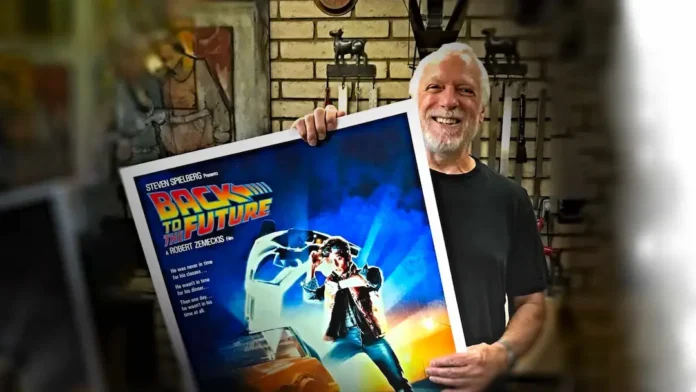DREW STRUZAN, the artist whose brush strokes created perhaps the most iconic posters in movie history, has died.
He was 78. His passing on October 13, 2025 came after a long battle with Alzheimer’s disease.
His incredible work – posters from Back To The Future to Star Wars – lines the hall of fame for cinema classics as well as the walls of movie fans around the world.
But before movies, it was music.
After studying at the ArtCenter College of Design in Pasadena, his early work saw him working on album covers for The Beach Boys, Bee Gees and Alice Cooper.
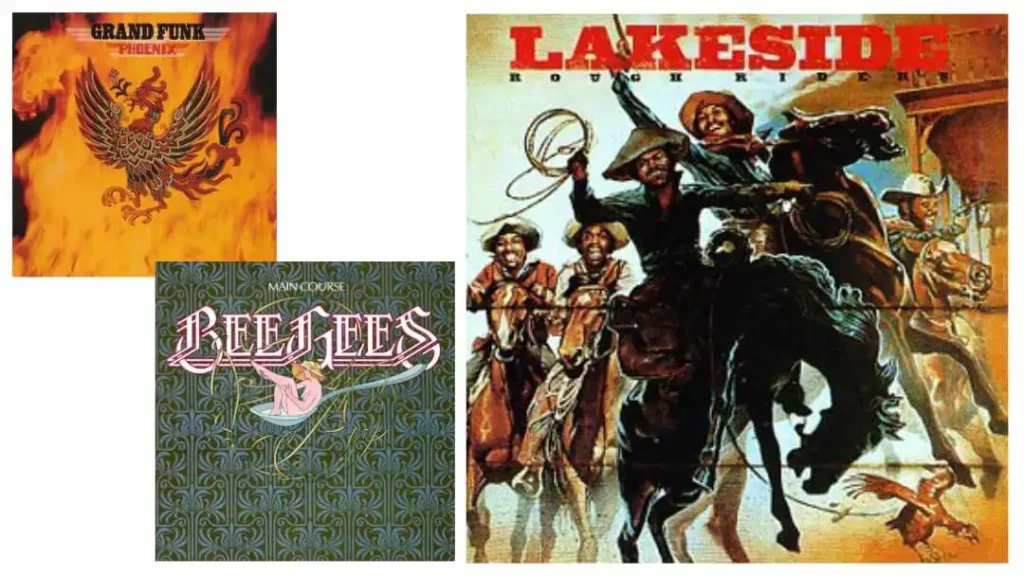

Magical Movie Posters
For decades, his hand-painted posters were the face of cinematic magic.
The genius of Struzan was his work was warm, detailed and emotionally evocative. You could feel what the movie might promise, without it giving away the whole story.
He created over 150 film posters. Some of his most famous include work for Star Wars, Indiana Jones, Back to the Future, E.T, Blade Runner, The Shawshank Redemption and Harry Potter. And don’t forget that awesome Big Trouble In Little China poster.
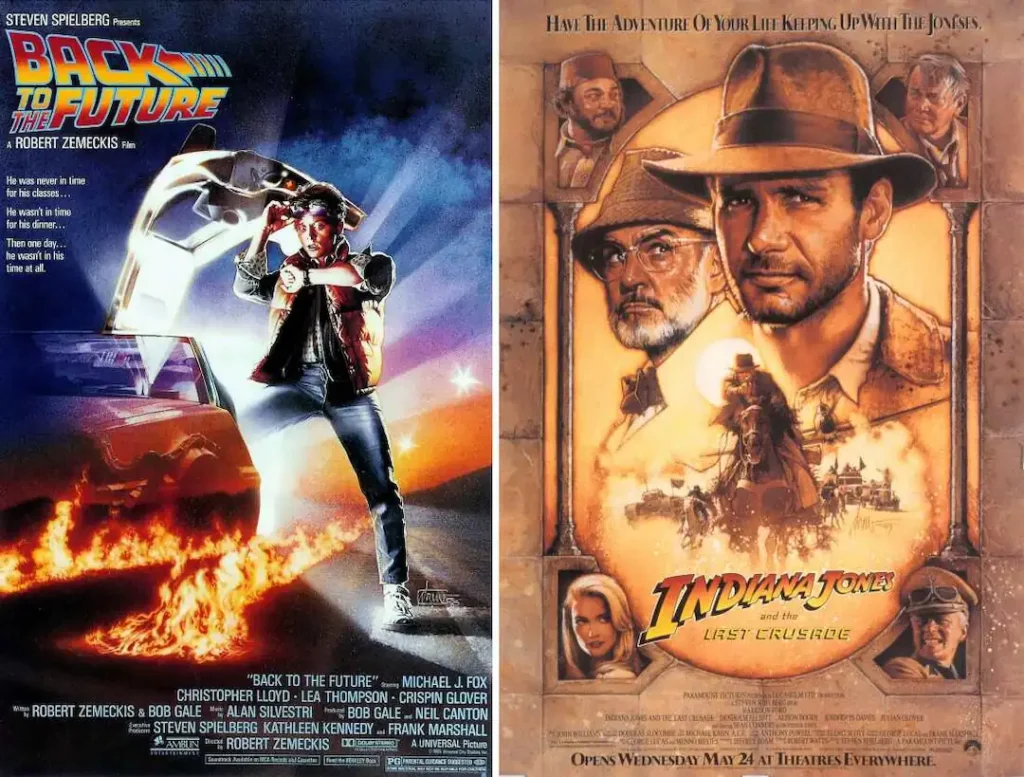

The Posters You Never Saw
But not all of his work was seen by the public who went to the movies.
Some of it was never seen at all. Until recently.
When speaking to Tremors creator, writer and director SS Wilson he told us how Drew had created the original posters for the franchise.
But the studio rejected them (!). The posters, as you can see below, are beautiful, mysterious and far less of a problem for the movie, where the original posters not only “spoiled” the big monster reveal but did it in a way that showed a completely wrong monster.
You can watch a snippet of the chat with SS Wilson talking about the posters here.
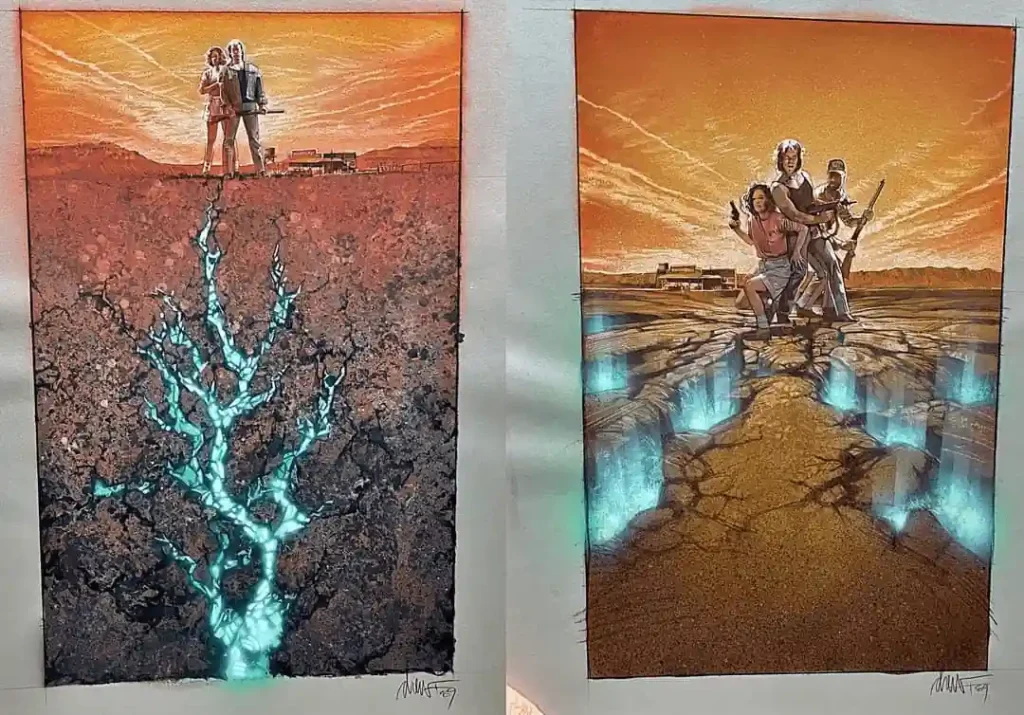

His Final Years
In March 2025, Struzan’s wife, Dylan, revealed that he had Alzheimer’s disease, and that it had progressed to the point where he could no longer paint or sign work for fans.
His retirement was officially in 2008, though like many great artists, he occasionally returned for special projects – posters, re-releases, that sort of thing. Even so, Alzheimer’s gradually closed the doors to creating new pieces.
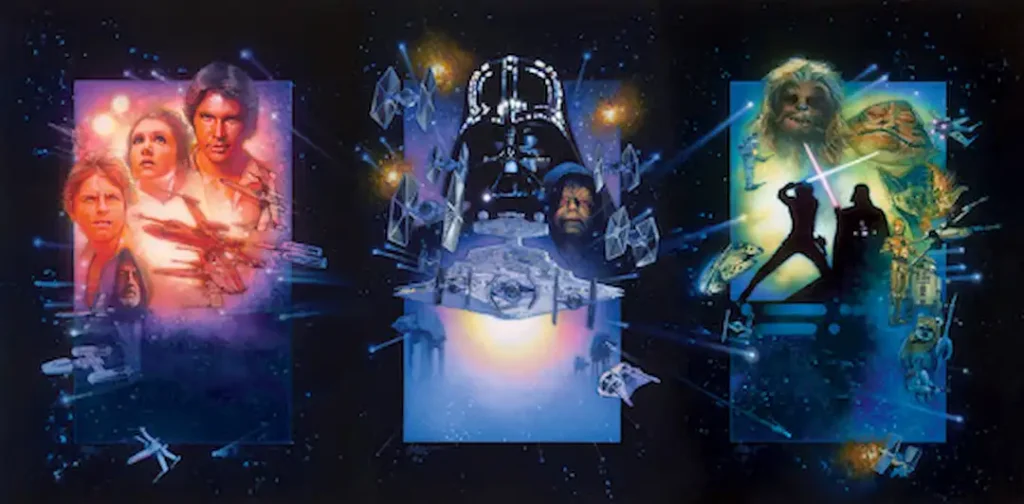

Why His Loss Feels Big
What makes Struzan’s work special and standout seems to be the way he made people feel.
His art didn’t just sell a movie, it stirred imagination and later, nostalgia. As Steven Spielberg said, “Drew made event art. His posters made many of our movies into destinations … and the memory of those movies and the age we were when we saw them always comes flashing back just by glancing at his iconic photorealistic imagery.”
George Lucas praised him for capturing the “excitement, tone and spirit” of his films in a single illustrated image.
Struzan’s style is one of the last great bastions of pre-digital illustration in a film industry that increasingly leans on photography and CGI. He stood at a junction preserving something analog, emotional and handcrafted.
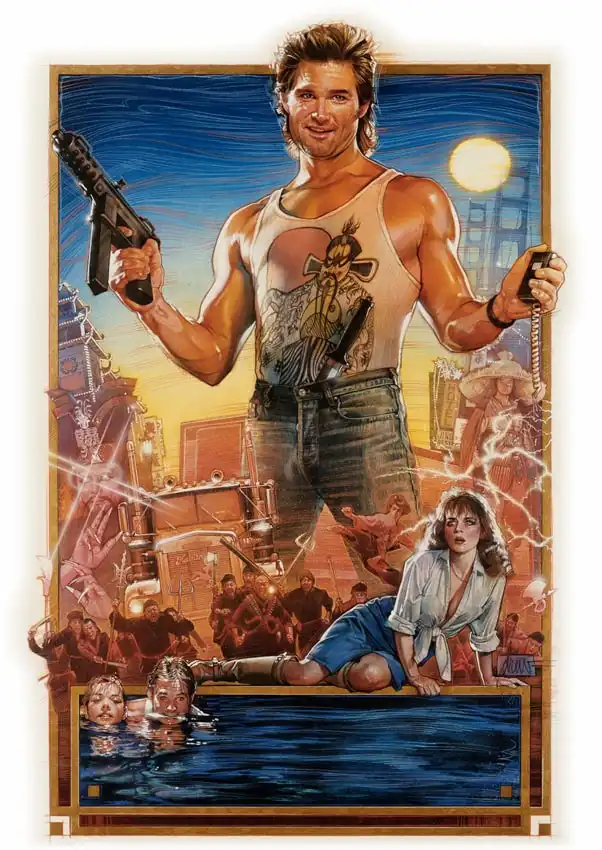

The Drew Struzan Legacy
What Drew leaves behind is huge: Iconic imagery that will continue to live wherever movie posters are displayed – in print, online, in museums, and absolutely in people’s memories.
But there’s also an influence on generations of artists who grew up looking at his work. Many contemporary illustrators cite him as inspiration.
His work redefined what a poster could do – not just advertise, but enchant. His compositions, use of colour, light, and mood have been studied and admired.
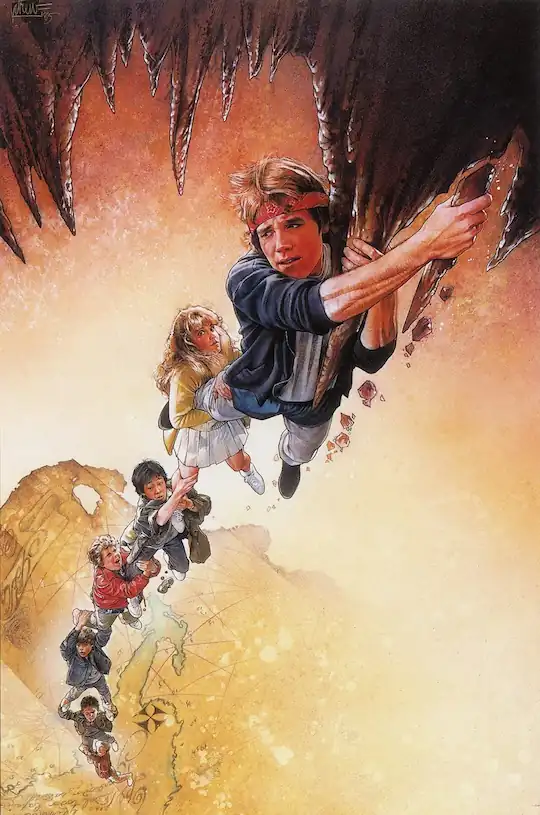

Drew Struzan is gone, but the art, and the feelings he gave, live on.

